Pro Tips: 3 Ways to Cut Costs On Commercial Pet Business Photography (and 3 Areas to Never Skimp On)
There’s an elephant in the room that no one ever wants to talk about but here we are so let’s get to it: budget. Going in to a photo shoot, you know you have a certain amount that you can realistically spend. What happens, though, when you find the photographer you want to work with and the quote comes back more than your budget? Do you immediately give up or do you have a conversation with your photographer? From the photographer’s standpoint, I’ll say this: please have a conversation with us! There are so many details that go into pricing a photo shoot which means that by adjusting things, there may be an opportunity to lower the overall costs.
Here are my top three ways to reduce your photo shoot costs:
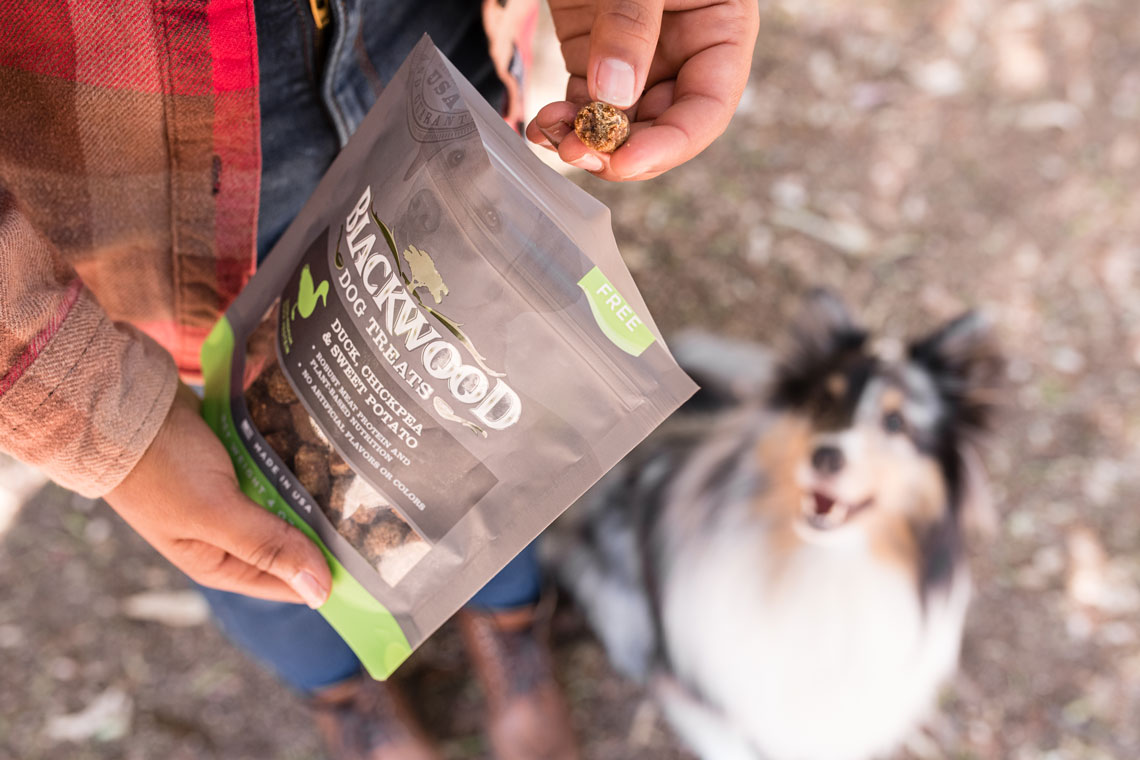
1. Have your team plan part of the shoot.
Pre-production work is important to get right because it sets up your entire shoot for success. It takes creativity, patience, an immense attention to detail, a great amount of organization, and solid communication skills. If you have someone on your team with these attributes, they may be able to handle some or most of the pre-production work, saving you the cost of having your photographer or producer do it. While I strongly recommend involving your photographer in every step of the process, your team member may be able to focus on things like sourcing models, managing scheduling and wardrobe selections, and acquiring any necessary location permits or reservations.
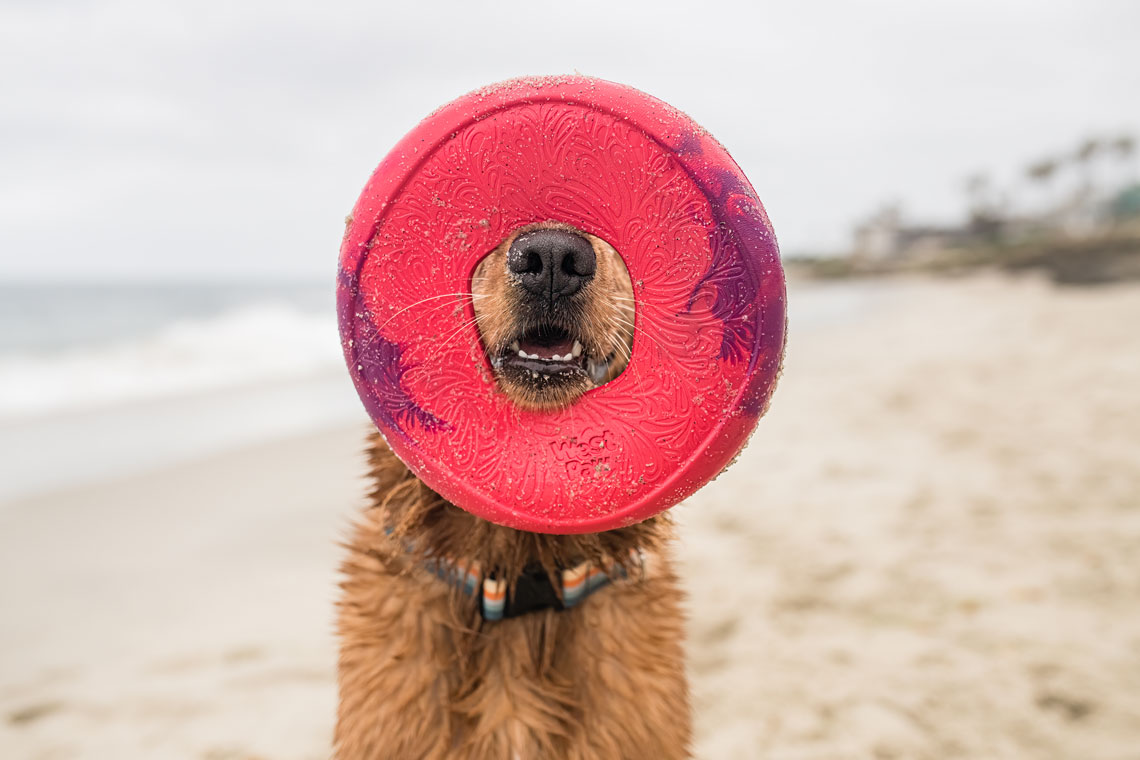
2. Reduce the total number of final images.
Do you truly need 200 final images or could you actually get more out of the shoot by focusing on a limited number of amazingly awesome hero shots? Hero shots are the ones you use in your most important marketing and advertising collateral, such as on your trade show booth, in your print and online ads, or on the cover of your catalog. Hero shots should make a consumer feel something: they should be relatable, aspirational, or give the viewer an instant reason to react. My favorite shots are the ones that create a moment of laughter (like the one above from our West Paw photo shoot) or make me feel like “I need to be there right now!”
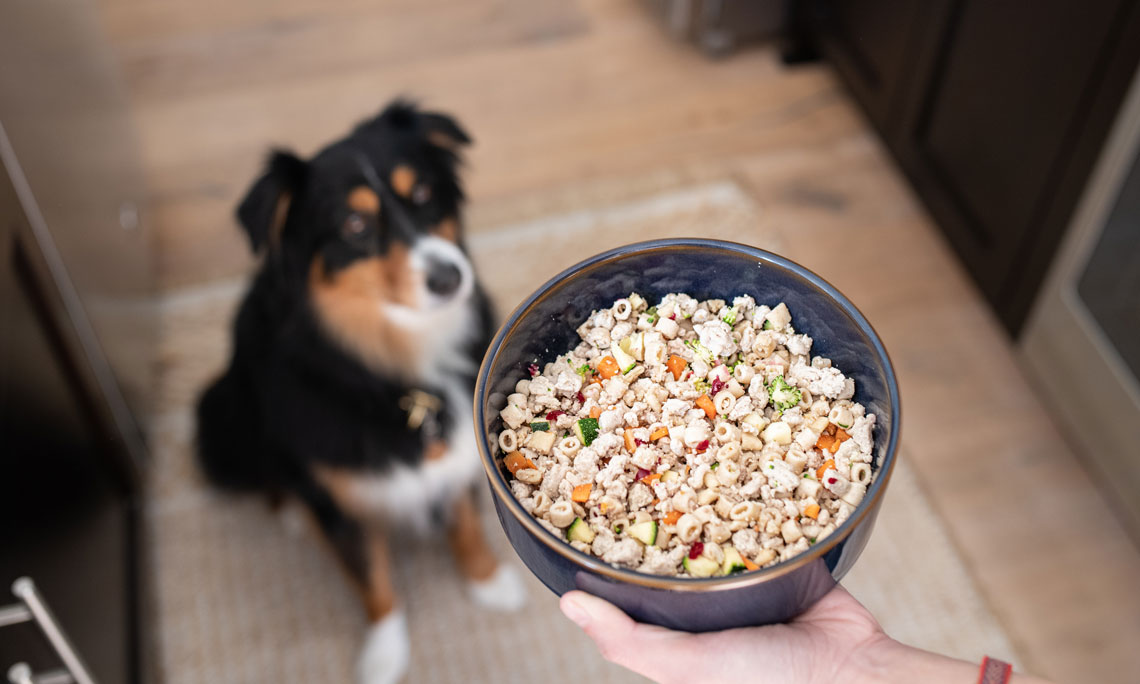
3. Get specific with your license terms.
Ask yourself this: do you need every single one of your final images to come with exclusive, worldwide, unlimited rights in perpetuity or would it be possible to narrow that down a bit? Perhaps you could select a limited number of hero shots with exclusive, nationwide, unlimited rights for three years and select a bundle of non-exclusive images for social media use only. Or perhaps if you’re shooting for a campaign and know the image is only going to be used in one place for a year, limit your license terms to that single need. Narrowing in on a more specific, exclusive vs. non-exclusive usage, and duration can offer some huge cost savings over an all-encompassing perpetual license.
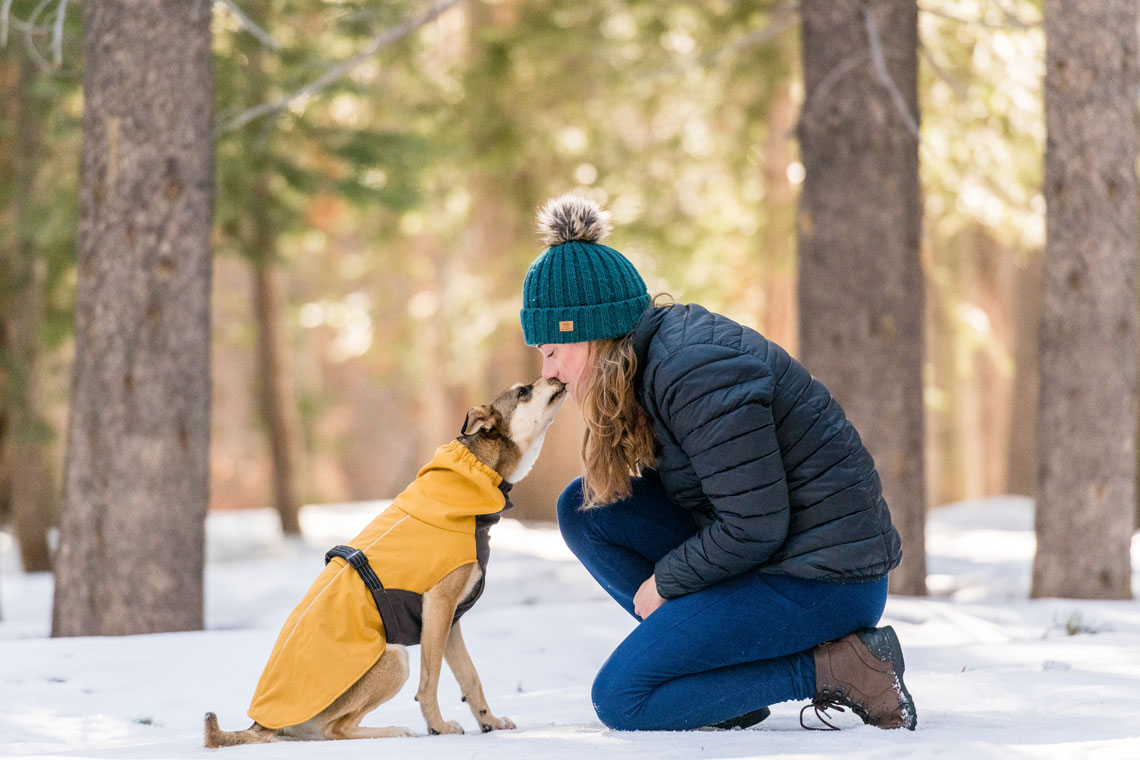
BONUS TIP: Choose your shoot timing wisely.
Spring and autumn are traditionally very busy times of year for most photographers but winter and summer are usually a little slower. If you can plan a shoot for January – March (like this snowy mountain adventure photo shoot) or July – September, your photographer’s schedule may be more flexible, allowing more wiggle room with availability for pre-production work, budget, or timing of deliverables.
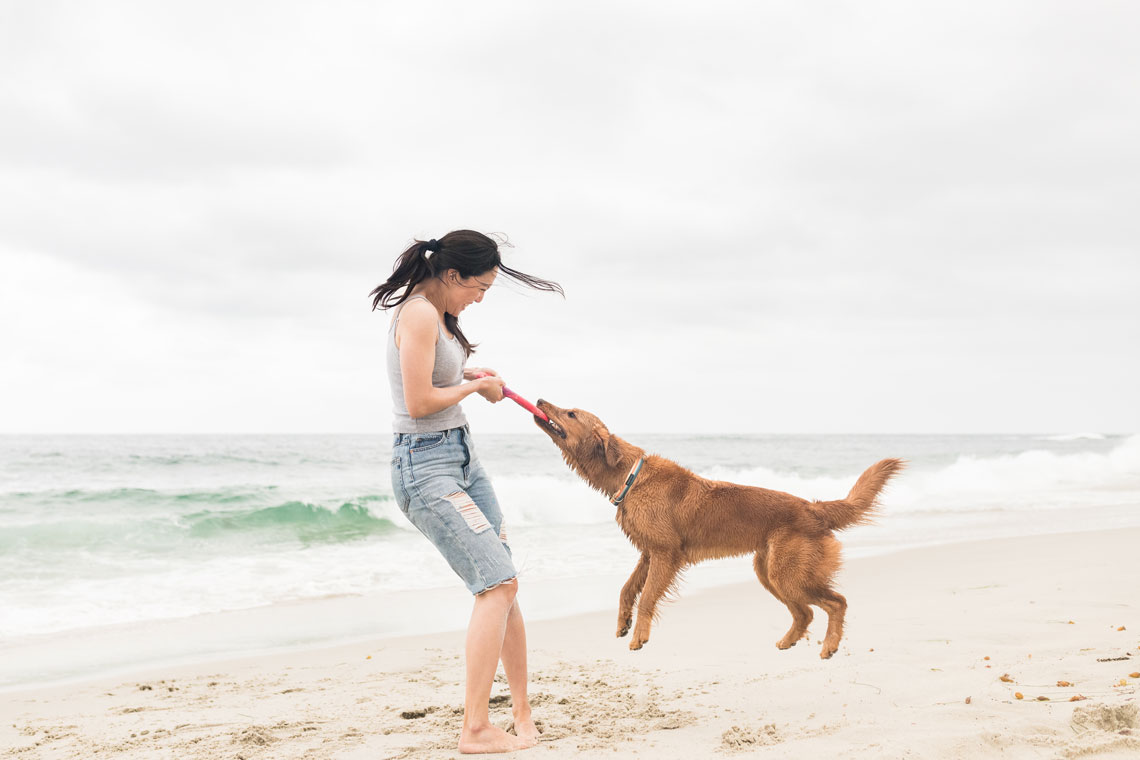
Here are the top three areas to never skimp on:
As photographers, we want every single photo shoot to go as well as possible so I’d be remiss if I didn’t share some of the things you never, ever, EVER want to cut back on.
1. Time.
Giving yourself adequate time from start to finish will benefit you in many ways, including budget. Commercial projects are often on quicker timelines but the more of a heads-up you can give your photographer, the better your results will be — both in quality and cost. When things become a rush, they are stressful for everyone involved and often cost more.
Loop your photographer in during the early stages of the project. As soon as you have a rough timeline for bringing a new product to market or know that you’re going to need fresh content, get on their calendar so the planning can begin. The more time you have to find the right models, the right location, and nail down all the nitty, gritty details, the better.
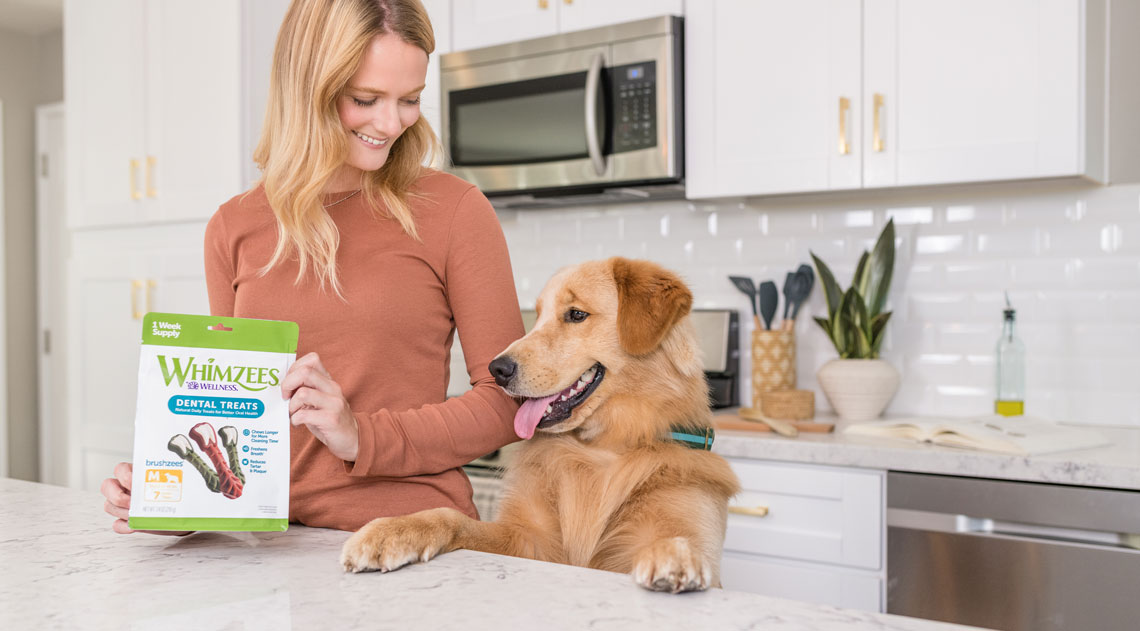
2. Choosing the right photographer.
I have to say it: choosing a photographer based on price alone is a really bad idea. I know companies have budgets (we all do) but basing who you hire on price alone could lead to higher costs down the road if the photos are lacking in quality or if you need to reshoot. The better question to ask yourself is if the photographer you’re about to hire has the experience required to get the shots you need to sell your products and if her style matches your brand.
Also, if you have a photographer who you really want to work with, be up front and honest about your budget and ask how you can work together to meet all cost requirements!
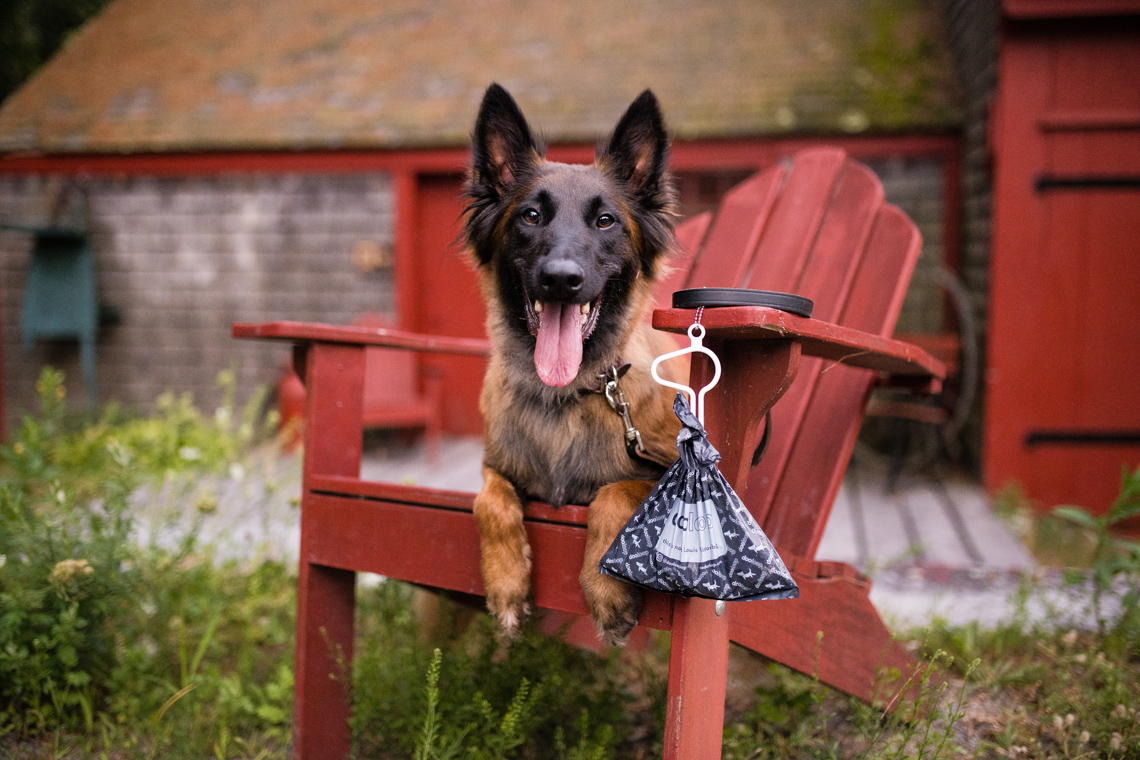
3. Have a shot list.
Having a shot list can help ensure your marketing dollars are being spent wisely. How? A shot list creates actionable goals for the shoot and lets everyone know up-front what the photos need to accomplish. There’s nothing worse than investing in a photo shoot only to get proofs back that don’t meet any of your needs.
I like to think of shot lists as inspiration and general guide for what we’re aiming to capture. It’s important to know if you prefer horizontal vs. vertical images, if you want more with the dog by himself, the dog with his mom, or product shots on their own. The more you can help your photographer understand your vision, the better!
Are you curious to see if Westway is the right fit for your next project?
Our main goal with every commercial shoot is to provide our clients with a wide variety of impactful imagery that will help them sell their products and services more easily. We love building solid, lasting relationships with our clients and working with them over and over again. If this sounds good to you, too, get in touch!

Leave a Reply